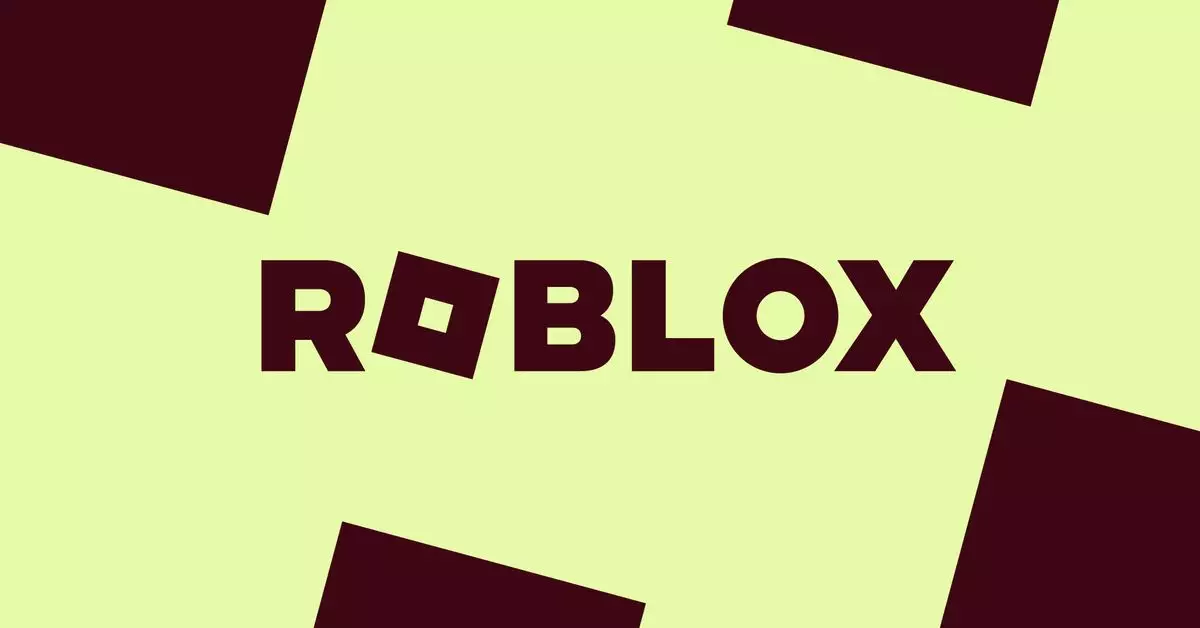In an age where digital interactions have surged, platforms catering to younger audiences are under increased scrutiny to ensure child safety. Roblox, a prominent online gaming platform, has recognized the need for enhanced protective measures and is starting to implement new features aimed at safeguarding its under-13 users. This initiative is not only timely but essential, considering recent alarming reports that expose vulnerabilities in the platform’s existing safety framework.
One of the pivotal changes involves restricting direct messaging for users under the age of 13. Beginning in the upcoming week, these younger players will no longer have the ability to send direct messages to users outside of games, which is a significant step in curtailing unwanted interactions with potentially harmful individuals. Furthermore, the measure requiring parental consent for in-game communications adds an additional layer of protection, albeit this feature will see a full rollout only by early 2025. Such steps reflect Roblox’s acknowledgment of the risks associated with unmonitored chat environments, particularly in light of past incidents highlighted by investigative reports.
Response to Safety Concerns
Recent media attention has amplified concerns about the safety of children on digital platforms like Roblox. Investigative articles have painted a troubling picture of how some users exploit the chat capabilities to engage with children inappropriately. Terms such as “pedophile hellscape,” as used by Hindenburg Research, are alarming and indicate the urgent need for reform. The updates to chat functionalities are an acknowledgment by Roblox that these vulnerabilities must be addressed decisively to rebuild trust with the parent community and ensure a safer gaming environment.
In conjunction with communication restrictions, the introduction of account features for parents and caregivers is a noteworthy advancement. These tools will allow adults to remotely oversee and manage their children’s gaming experience, including monitoring screen time. This is a sizable improvement over previous requirements, which necessitated physical access to a child’s account, thus streamlining the process for parents and guardians striving to maintain oversight.
Content Labeling System
Another significant adjustment is the shift from age ratings to content labels for experiences on the platform. This nuanced approach provides clearer guidelines about what players can expect, allowing for a more informed decision-making process. For instance, experiences described as “moderate” may contain elements that some parents and players might find concerning, such as crude humor or mild fear. The implications are clear: players younger than 9 can only engage with experiences tagged as “minimal” or “mild,” unless parental approval is given. This shift attempts to mitigate exposure to potentially harmful content.
Roblox is taking considerable steps towards establishing a safer online environment for its youngest users. As digital spaces increasingly mirror real-world complexities, these measures are a critical acknowledgment of the responsibilities platforms hold in protecting their user base. User feedback and the platform’s ongoing commitment to safety will play vital roles in assessing the effectiveness of these new features. Ultimately, as Roblox evolves, it must balance user freedom with the heightened responsibility to ensure child safety in an expansive digital landscape.

